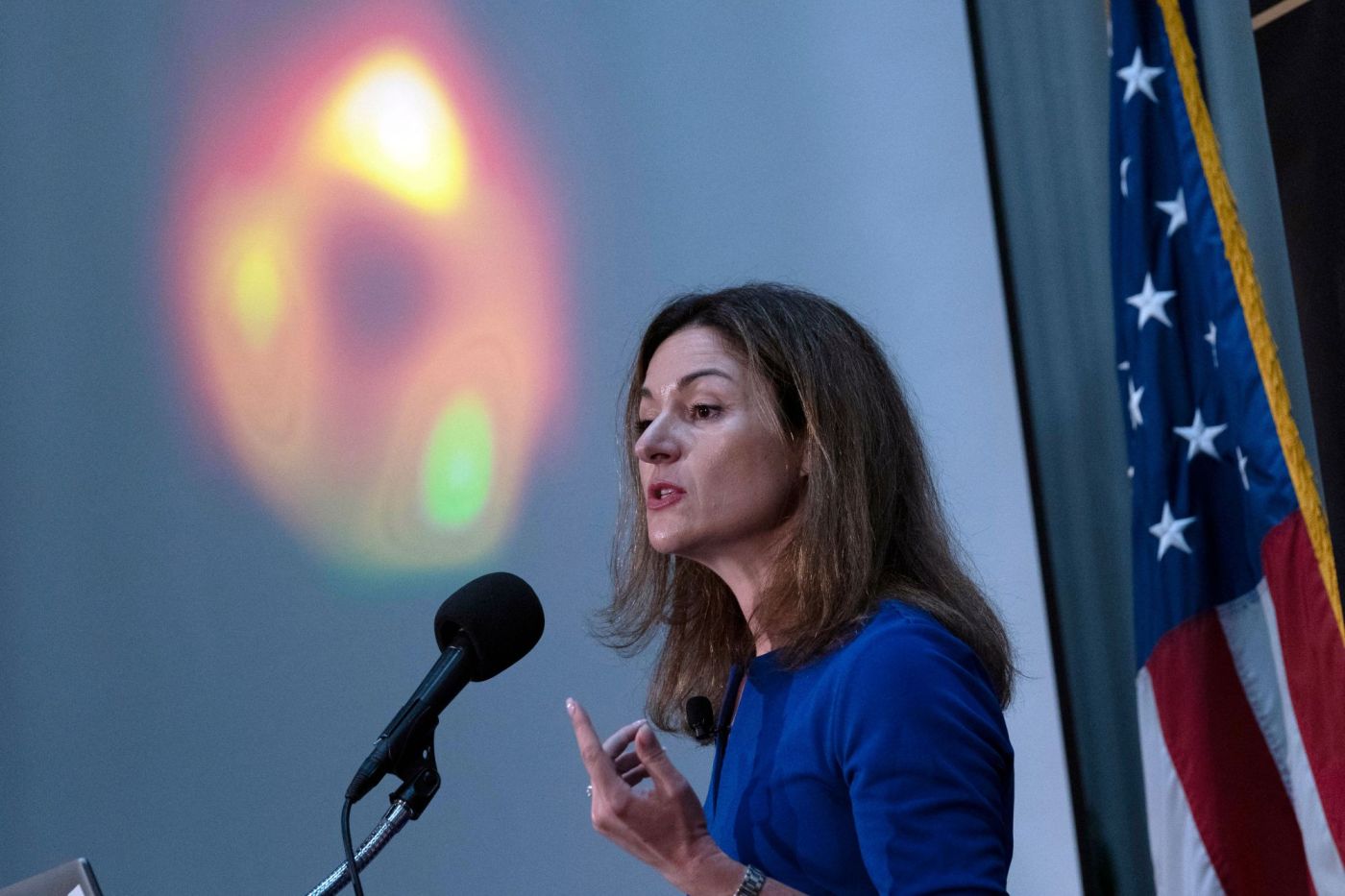Science
Astronomers Unveil Secrets of Milky Way’s Supermassive Black Hole

A supermassive black hole, known as Sagittarius A* (pronounced “Sagittarius A-star” and abbreviated as Sgr A*), resides at the center of our galaxy, the Milky Way. Located near the constellation Sagittarius, close to the border with Scorpius, this invisible entity emits vast amounts of energy, primarily in the form of X-rays and radio waves, far exceeding what is produced by a typical star-sized object.
After decades of observing the movements of stars around Sgr A*, astronomers have determined that it possesses a mass of approximately 4.3 million solar masses. Despite its massive gravitational pull, its physical size is comparable to that of a red supergiant star, such as Antares. The only feasible explanation for this phenomenon is that Sgr A* is indeed a supermassive black hole.
From Discovery to Confirmation
The journey to uncover the nature of Sgr A* began in 1931, when Karl Jansky, an engineer at Bell Telephone Laboratories, detected unexplained radio waves emanating from the Milky Way. This extraterrestrial source was later confirmed to be located in the direction of Sagittarius and was labeled Sagittarius A (Sgr A).
Advancements in radio telescope technology post-World War II enabled astronomers to map the sky at radio frequencies more effectively. By the 1970s, various radio telescopes had been established globally, leading to significant discoveries. In 1974, astronomers Bruce Balick and Robert L. Brown utilized a baseline interferometer at the National Radio Astronomy Observatory in Virginia to identify Sgr A*, pinpointing the strongest radio emissions to a compact radio object within the larger source of Sgr A.
Through the observation of stars orbiting Sgr A*, particularly a star designated as S2, researchers were able to calculate the mass of the black hole and establish upper limits on its radius. These findings led astronomers to conclude that Sgr A* is the central supermassive black hole of the Milky Way, positioned approximately 26,000 light years from Earth.
The Nature of Black Holes
Ordinary black holes typically form when massive stars, generally exceeding eight solar masses, exhaust their nuclear fuel. This leads to a rapid collapse of the core, followed by a supernova that ejects a significant portion of the star’s mass into space. If the remnant core exceeds about three solar masses, the gravitational field surrounding it distorts space-time to the extent that light cannot escape, resulting in a stellar-mass black hole.
In contrast, supermassive black holes, such as Sgr A*, can possess masses ranging from millions to billions of solar masses. These colossal entities are believed to have formed as primordial objects at the centers of large spiral and elliptical galaxies over 12 billion years ago.
The giant elliptical galaxy Messier 87 (M87), located in the constellation Virgo, is home to a supermassive black hole estimated at 6.5 billion solar masses, more than a thousand times the mass of Sgr A*. M87’s black hole was the first to be imaged, with results released in 2019. The first image of Sgr A* was revealed on May 12, 2022, thanks to the efforts of the Event Horizon Telescope, a global network of radio observatories.
While the black hole itself cannot be directly observed, astronomers can study the behavior of nearby objects influenced by its gravitational pull. The radio and infrared emissions detected originate from gas and dust clouds, heated to millions of degrees as they spiral into the black hole.
As you gaze upon the constellation Sagittarius on a clear evening, consider the powerful force lurking beyond the visible stars—a supermassive black hole at the heart of the Milky Way, shaping the dynamics of our galaxy in profound ways.
The insights gained from the study of Sgr A* not only deepen our understanding of black holes but also challenge and expand our knowledge of the universe. As research continues, the mysteries surrounding these cosmic giants will likely yield further revelations about the nature of space and time.
-

 Lifestyle5 months ago
Lifestyle5 months agoLibraries Challenge Rising E-Book Costs Amid Growing Demand
-

 Sports4 months ago
Sports4 months agoTyreek Hill Responds to Tua Tagovailoa’s Comments on Team Dynamics
-

 Sports4 months ago
Sports4 months agoLiverpool Secures Agreement to Sign Young Striker Will Wright
-

 Lifestyle4 months ago
Lifestyle4 months agoSave Your Split Tomatoes: Expert Tips for Gardeners
-

 Lifestyle4 months ago
Lifestyle4 months agoPrincess Beatrice’s Daughter Athena Joins Siblings at London Parade
-

 Science4 months ago
Science4 months agoSan Francisco Hosts Unique Contest to Identify “Performative Males”
-

 World4 months ago
World4 months agoWinter Storms Lash New South Wales with Snow, Flood Risks
-

 Science5 months ago
Science5 months agoTrump Administration Moves to Repeal Key Climate Regulation
-

 Business5 months ago
Business5 months agoSoFi Technologies Shares Slip 2% Following Insider Stock Sale
-

 Science5 months ago
Science5 months agoNew Tool Reveals Link Between Horse Coat Condition and Parasites
-

 Sports4 months ago
Sports4 months agoElon Musk Sculpture Travels From Utah to Yosemite National Park
-

 Science5 months ago
Science5 months agoNew Study Confirms Humans Transported Stonehenge Bluestones









